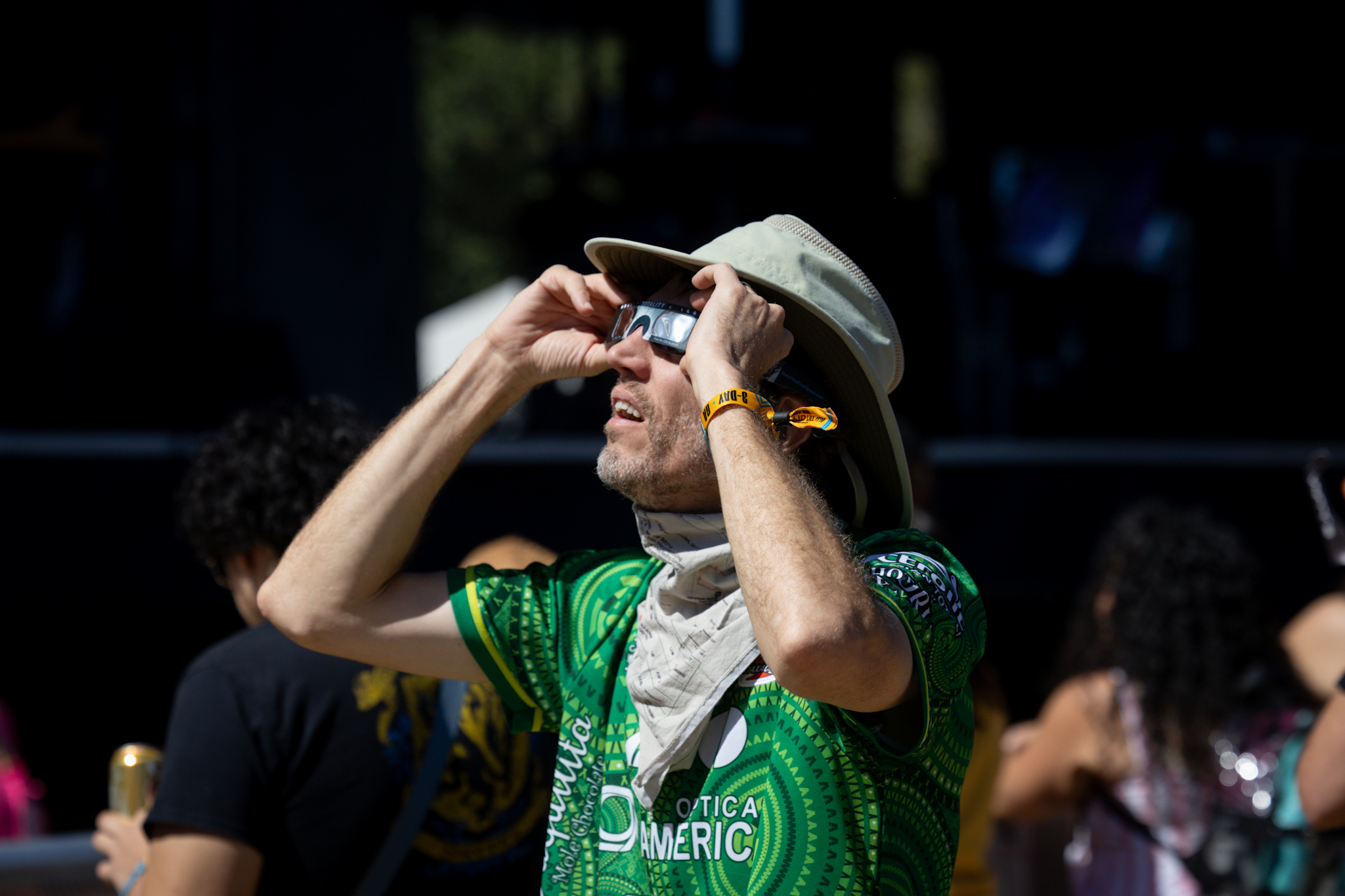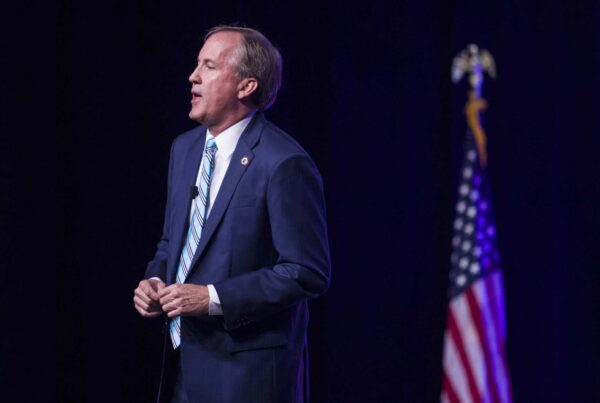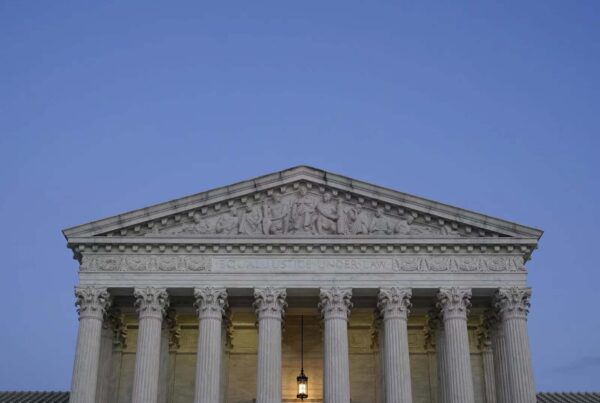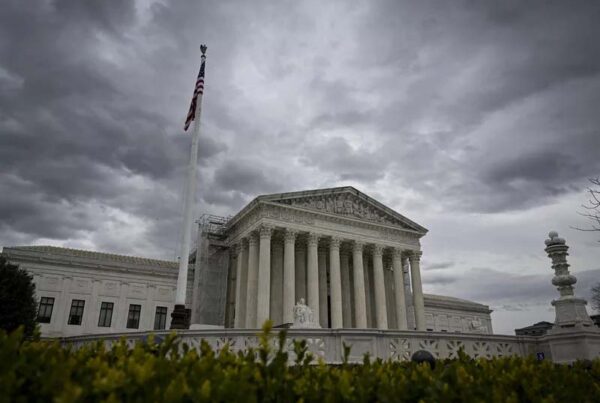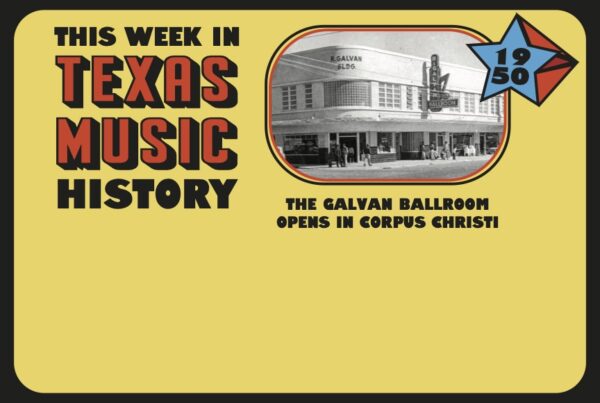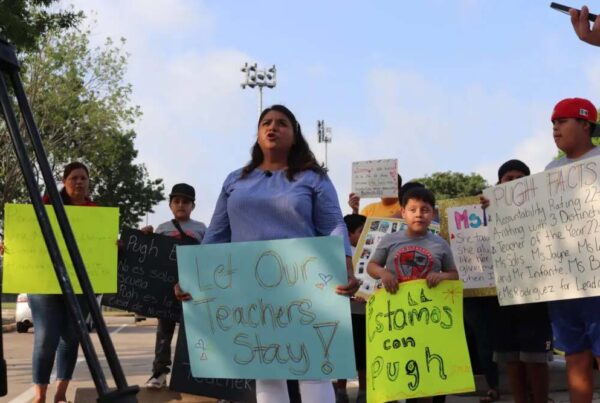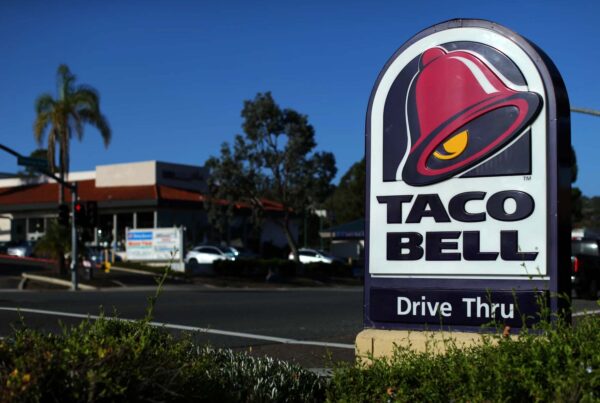On April 8, the total solar eclipse will pass through the United States.
The path of totality will see hundreds of thousands of visitors. Texas is expected to see up to a million folks show up just to watch that eclipse.
Bulent Temel is an assistant professor of practice and economics at the University of Texas – San Antonio, and he says this upcoming eclipse could be the “most profitable 22 minutes in Texas history.” He joined the Standard to discuss. Listen to the interview above or read the transcript below.
This transcript has been edited lightly for clarity:
Texas Standard: You made this claim in a recent op-ed for the San Antonio Express-News. Tell us what you mean, “the most profitable 22 minutes in Texas history.”
Bulent Temel: Well, this spectacle is going to take a total of 22 minutes in the state of Texas. And it’s going to bring somewhere between $150 million and $603 million, in our estimates, to the state economy. So that is likely to be the most profitable per minute stimulation of the state economy in the state’s 179-year history.
That’s pretty incredible. How did you come up with those numbers? And who benefits the most?
So geographer Michael Zeiler made some population estimates to get a sense of how many people would be visiting the path of totality in all of the 15 states that will have the path. Texas will be the biggest beneficiary of this tourism because it is the state where the path of totality would be longest.
Also it coincided such that it passes through three of the four largest metro areas in the state: DFW, Austin and San Antonio, where 13 million people live. So in his estimates, somewhere between 270,000 to 1 million people will be visiting the path of totality. And that number includes in-state tourists.
» RELATED: The total solar eclipse is less than one month away. Here are some places to see it in Texas
Okay, so we’re talking tourism. Clearly break that down a little bit more for us. Where are these millions going to be spent in Texas?
When we look at the data from the two states that published detailed numbers from the last total eclipse in 2017, South Carolina and Nebraska, they calculated that a total of $269 million were spent in South Carolina and $127 million in Nebraska in lodging and travel expenses. Travel expenses include gas costs, as well as food costs in groceries, grocery stores and restaurants.
So those are the three main areas where we expect spending to happen. And we ended up with $299 as our estimate for how much each visitor will spend to visit the eclipse.
So about $300 per person. That’s a lot of cash. But you write here in Texas that every dollar spent in businesses stimulates the economy by another $1.29. Sounds like magic math to a lot of folks. How does that work out?
So essentially, the idea is when we spend, let’s say, $100, the person who receives our money would save some of it and spend the rest. So when he spends that money, that portion of our original $100 goes into the pocket of some other economic actors, and he does the same – save some and spends the rest – and that portion of the money goes into the pockets of some other economic actor, and the money travels, if you will.
So when we take a step back and look at the big picture of what happened to the overall local economy, we see that those $100 we spent ended up stimulating the economy by a few hundred dollars.
We call it “stimulation” in our field. It is not the new money entering the local economy per se, but it is how much effective demand is stimulated or created in the economy. And that’s what makes an economy prosper and what creates jobs for people.
Texas, in this sense, will benefit from being a high-consumption type of state because higher the consumption in a state, higher what the so-called multiplier effect would be. Meaning each dollar would be stimulating the state economy by a larger figure.
So this money that will be entering the state for eclipse tourism will end up actually stimulating the state economy with somewhere between $151 million and $603 million in our estimate.
» RELATED: Austin area braces for eclipse traffic surge
How does the how does Texas compare with other states along that path of the eclipse?
It is significantly a higher propensity for a consumption type of state, where the multiplier is 2.29. So each dollar is stimulating the economy by $2.29 in total. The U.S. average is only $1.64. So that’s quite beneficial when it comes to these types of situations.
When you have that sort of booster shot effect, are there any downsides? Anything you’re concerned about in terms of the stimulative effect of this event. I mean, once you have that injection of money, anything that you have concerns about there?
Well, when a large sum of money enters a particular economy in a very short amount of time like this, when we have such a large injection of capital, the money supply rising so fast could lead to price levels rising as well.
But Texas’s economy already is so large that even in our estimates, the highest amount of money – which is $0.6 billion stimulating the economy – we don’t predict that this would lead to any kind of an inflationary pressure.


